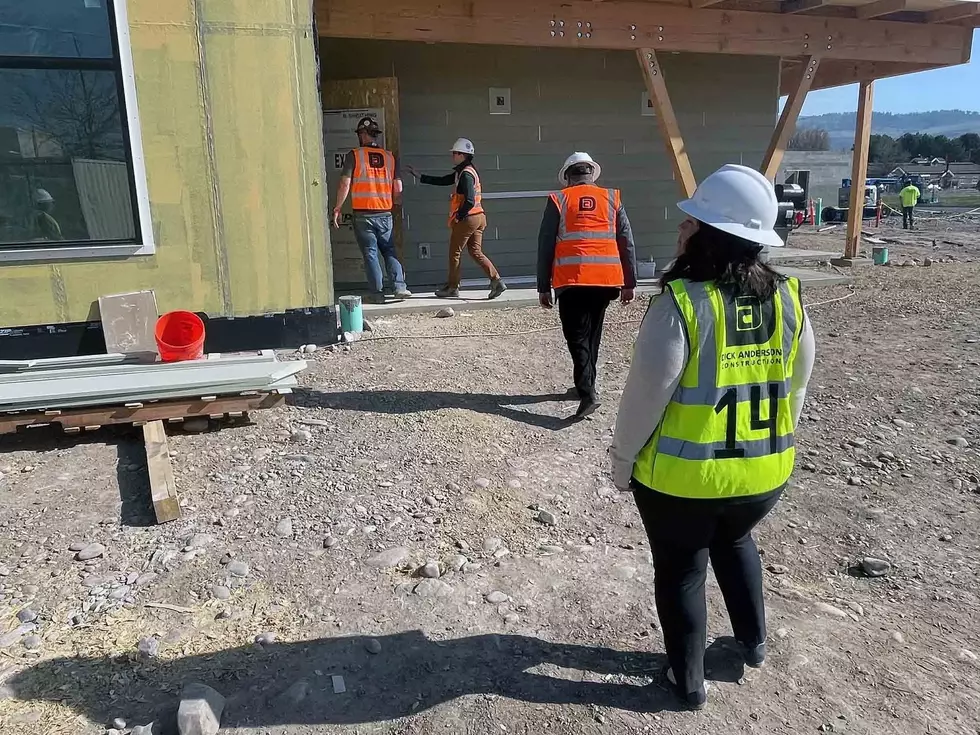
MRA to craft policy around public funding for rental housing
Martin Kidston
(Missoula Current) A workforce housing project in downtown Missoula is set to move forward, marking the city’s first for-rent project to seek subsidies under new state legislation.
And because it’s the first, the Missoula Redevelopment Agency plans to hash out policy detailing what it expects regarding housing costs in exchange for tax increment.
“We’re looking to decide on this project, which leads to policy,” said MRA Director Ellen Buchanan. “The more you drill into it, the more complicated it is.”
MRA approved a funding request for deconstruction work on two dilapidated homes on Front Street last year. Now, the property owner is poised to move forward with an apartment project that includes roughly 26 units.
It would be the first for-rent project to seek tax increment under a new state policy that added workforce housing to the definition of infrastructure. In exchange for public funding, MRA will likely seek concessions from the developer regarding housing costs.
But first, it needs to craft a policy guiding such requests.
“We are planning to bring a recommendation to the board,” said Annie Gorski, assistant MRA director. “It may involve a recommendation to make modifications to the guidelines, specifically for rental projects.”
MRA and the city approved tax increment for the Scott Street development earlier this year to help cover the gap between actual construction costs and the intent to offer the units at a reduced rate to a targeted income.
But Buchanan said that project included for-sale housing, making it easier to quantify. The funding gap in for-rent projects may be harder to calculate, she said.
“They’re looking at a significant portion of that being workforce housing,” Buchanan said of the Front Street project. “These are going to be policy issues around the rental property – how much return on investment and what the targeted area median income should be.”
Without incentives, developers across the state say workforce housing is difficult to pencil financially given high interest rates, the cost of land and the cost of materials.
An internal city working group met several times last year to explore ways to incentivize the construction of workforce housing under the new state law, which defined such housing as serving families that earn between 60% and 140% of the area median income.
The Front Street project will likely target such residents.
“It’s been bid and they’re waiting to build it, but we need a discussion on whether (this policy) will work for these developers,” Buchanan said.
LOOK: Where people in Montana are moving to most
Gallery Credit: Stacker
More From Newstalk KGVO 1290 AM & 98.3 FM









